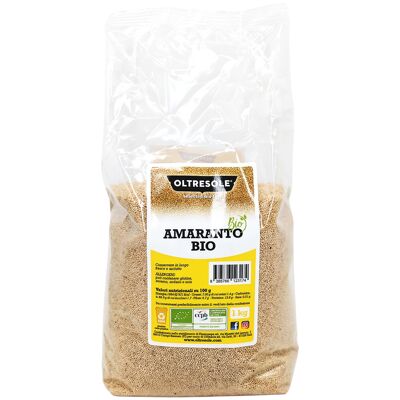


🌱 Organic | ♻️ Eco-friendly Value Pack Oltresole's amaranth, in a 5 kg value pack, is certified organic and is a highly nutritious and versatile food. Although not a true cereal, amaranth is classified as a pseudocereal: its small, rounded grains are actually seeds produced by the plant's flower. 🌟Superfood | 💪 Plant-Based Protein Of ancient origins, this superfood was already known and appreciated by pre-Columbian civilizations, particularly the Aztecs, who considered it the "grain of the gods." Today, it is increasingly used in the West, especially by those who follow a vegetarian or vegan diet, thanks to its high protein content and excellent combination of fiber, vitamins (A, C, group B) and mineral salts such as iron, calcium, magnesium and phosphorus. 🥣Perfect for soups With a delicate, slightly nutty flavor, amaranth can be used in a wide variety of dishes: in Central America, it's often used in desserts, snacks, and amaranth popcorn, while in Europe, it's preferred paired with vegetables, legumes, spices, and herbs. ANDexcellent as an alternative to couscous, seasoned with turmeric, ginger, cinnamon or enriched with basil, marjoram and mint.


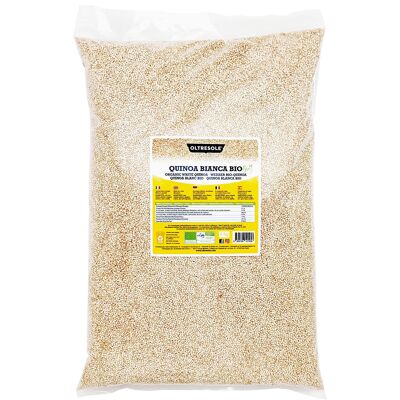



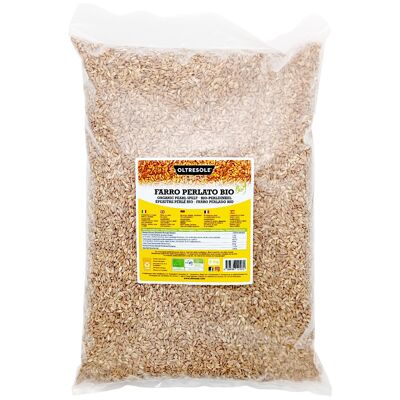
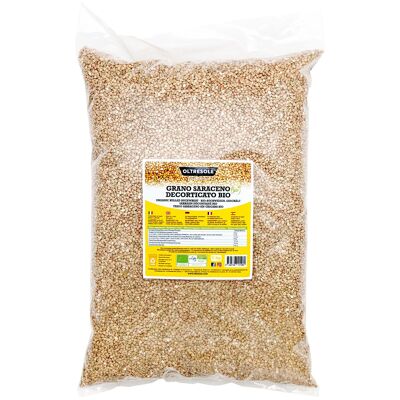

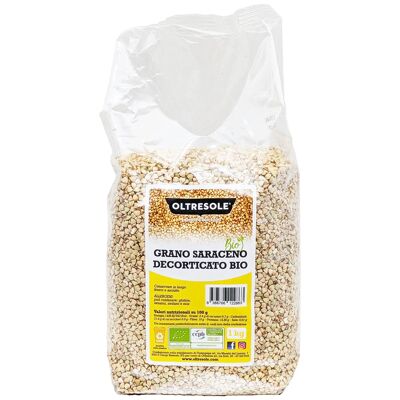







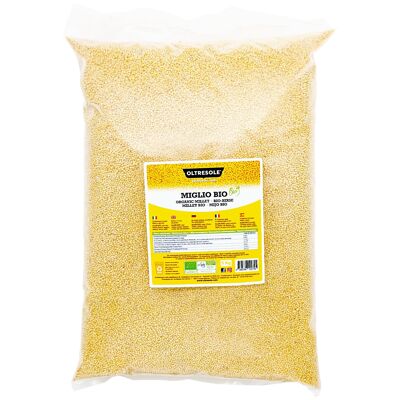


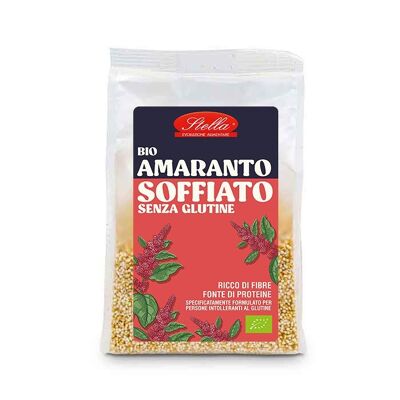
![ORGANIC pearled spelled 400g. [EU only]](https://img.ankorstore.com/products/images/4617038-47e8495cead1f0.jpg?auto=format%2Ccompress&fm=pjpg&dpr=2&h=200&w=200&fit=crop&crop=faces&force_format=webp)
